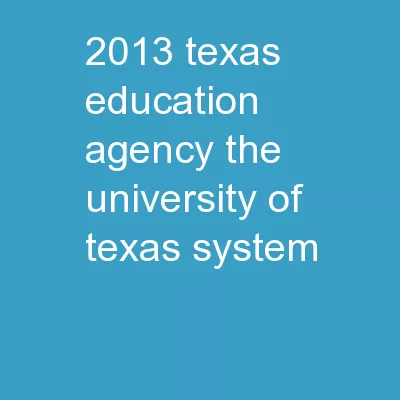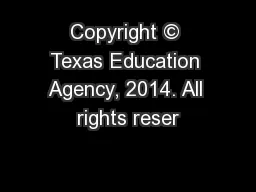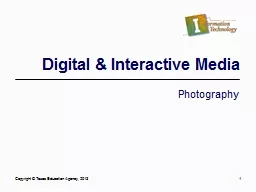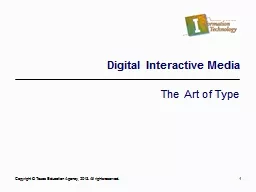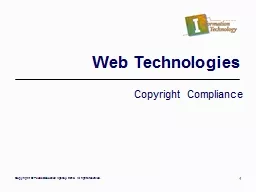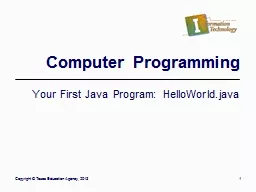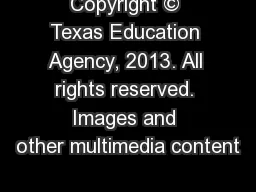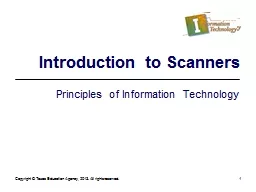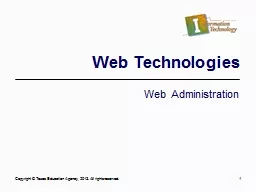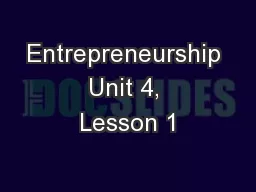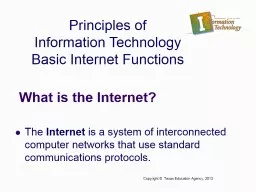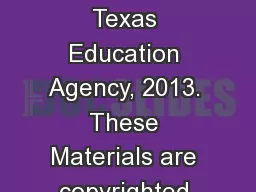PPT-© 2013 Texas Education Agency/The University of Texas System
Author : test | Published Date : 2018-12-11
GROUP NORMS Ask Questions Share Responsibilities Celebrate Ideas Tame your Technology Take Care of your Needs Honor the Time Schedule What is learned here leaves
Presentation Embed Code
Download Presentation
Download Presentation The PPT/PDF document "© 2013 Texas Education Agency/The Unive..." is the property of its rightful owner. Permission is granted to download and print the materials on this website for personal, non-commercial use only, and to display it on your personal computer provided you do not modify the materials and that you retain all copyright notices contained in the materials. By downloading content from our website, you accept the terms of this agreement.
© 2013 Texas Education Agency/The University of Texas System: Transcript
Download Rules Of Document
"© 2013 Texas Education Agency/The University of Texas System"The content belongs to its owner. You may download and print it for personal use, without modification, and keep all copyright notices. By downloading, you agree to these terms.
Related Documents

